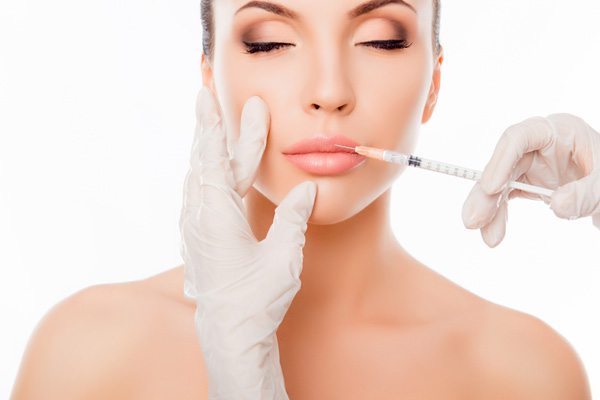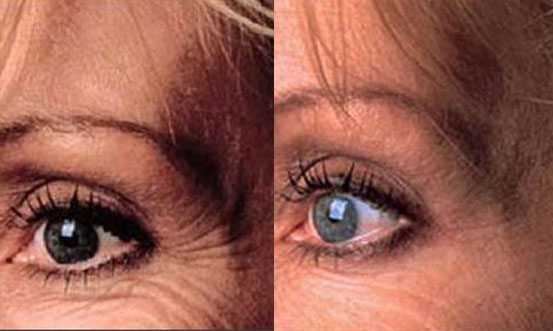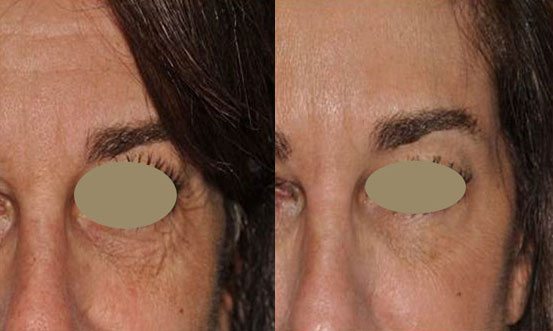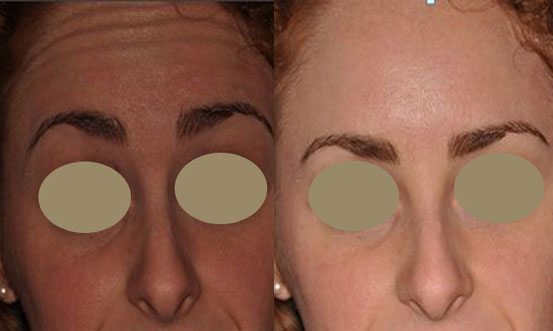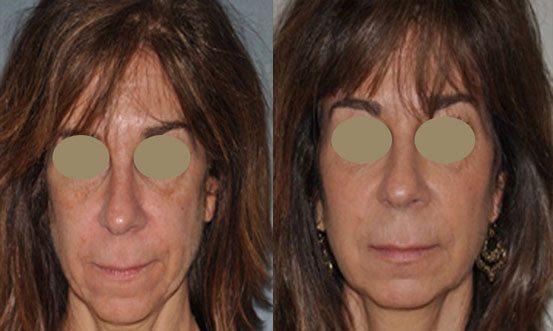The most popular cosmetic procedure is the injection of botulinum toxin for the treatment of facial expression lines, the first and most well know of which, is Botox® Cosmetic.
Botox was used to treat a number of conditions where muscles were contracting in ways that were undesired, such is in certain eye conditions, neck stiffness, and congenital muscle disorders. The application of this treatment to remove facial expression lines launched the most popular cosmetic treatment of all time. Other brands of botulinum toxin include Dysport® and Xeomin®.
Botox® and other botulinum toxins are generally used to treat fine lines and wrinkles on the upper face. The lines above the bridge of our nose, the ‘dreaded 11s’, or 111s or 1 that makes us look overly serious or stern are great examples of lines that can be treated with Botox®. The other most commonly treated area is the forehead, where longitudinal lines can make us look tired or serious. Smile lines around the eyes are also very commonly treated with Botox®.
Less commonly treated areas are the lines above the lip (too much toxin here can make a smile uneven), or the jowls to reduce the appearance of a large chewing muscle.
Filler agents are used to replace lost volume that occurs with skin aging, and more importantly skin photoaging, or long-term sun damage.
As opposed to botulinum toxin or Botox®, fillers are more commonly used to treat the lower face and add volume to plump up skin. This replaces lost volume and can improve the appearance of fine lines and wrinkles.
The most common fillers use materials that are present in the body already. The most widely used material is hyaluronic acid, or HA. Hyaluronic acid is a complex sugar that is a normal component of our skin, and is especially abundant in babies’ skin and healing wounds. It’s a great matrix for cells to move within to heal and promote growth. That’s why it is thought that these fillers not only provide volume on their own, but also stimulate collagen growth within the skin. HA also binds 1,000 times its weight in water, creating plumping in the skin.
Common brand names of hyaluronic acid fillers are Juvederm® and Restylane®, and their many sub-types. Depending upon the size of the HA molecules and the extent of cross-linking (bonds between molecules), the HA filler will have more, or less, pliability or stiffness. This is the reason there are many types of HA filler under each brand name. Some are used to provide more bulk volume, some are for treating fine lines.
